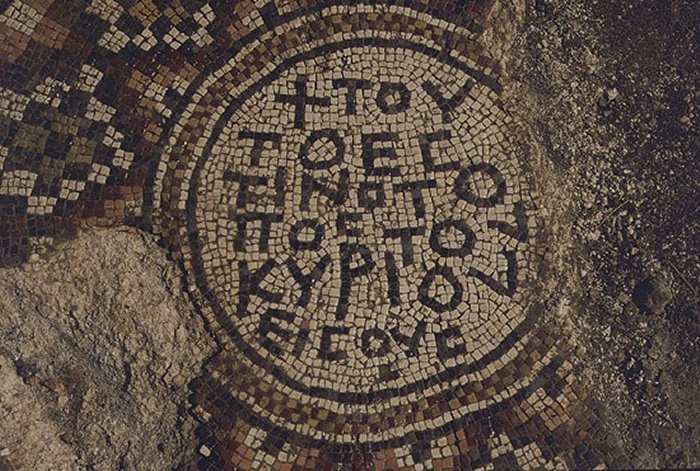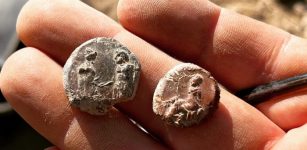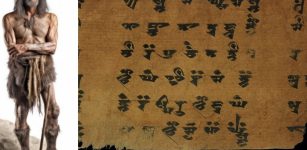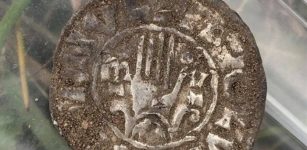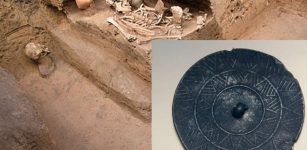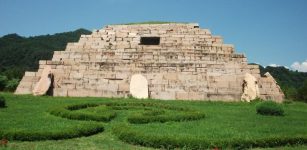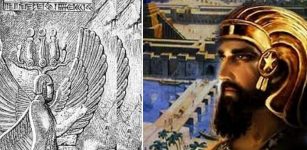The 6th Century Byzantine Church Hidden Within Khirbet Tinshemet’s Woods – Discovered
Conny Waters - AncientPages.com - Located in the heart of Israel, the Shoham Community Forest is home to a notable archaeological site known as Khirbet Tinshemet.
This area is characterized by its lush and picturesque surroundings, offering both natural beauty and historical significance.
Photo: Clara Amit, Israel Antiquities Authority.
The Byzantine church uncovered at the site, along with other significant findings, dates back to the 6th century CE. Researchers propose that this church may be identified as "Beto-Melgasis," depicted on the Madaba Map mosaic.
In 1986 and again in 1995, Prof. Yosef Porat conducted excavations at the site under the supervision of Dr. Uzi Dahari from the Israel Antiquities Authority. During these excavations, a unique marble medallion was unearthed, depicting the goddess Tyche (also known as Fortuna), who is recognized as the goddess of fortune and regarded as the patron of many cities.
This medallion, likely created in 582-3 CE. No doubt, the discovery of the medallion is extraordinary. The artifact has diameter. 0.67m, 5.5 cm thick and is made of marble that was hewn in western Asia Minor (from one of the quarries at Apion, Aphrodisias or Ephesus), parts of it were discovered scattered in the church and in the oil press.
Photo: Clara Amit, Israel Antiquities Authority.
The image of the goddess Tyche (Fortuna) is carved in the medallion; she is wearing a turreted crown with three towers and a gate in the middle and five different strands of necklaces (two strands on the neck over the dress and three on the chest); her hair is gathered at the back and she is wearing long earrings.
The goddess is grasping a cornucopia in her left hand ,and her right hand is adorned with three bracelets. Tyche holds a scepter with a rounded head. The medallion is bordered by a frame with two inscriptions that begin and end with a cross.
The artifact intrigues many archaeologists because it is unique within Byzantine art and has no similar findings.
Tyche is a Greek goddess belonging to pagan culture, so it's surprising to find her at the entrance to a church. The medallion reflects a connection between pagan tradition and the developing Christianity, providing a glimpse into the cultural world of that period in the Land of Israel.
Photo: Clara Amit, Israel Antiquities Authority.
The church was dedicated to the Christian martyr Bacchus the Holy. An inscription in the center of the main hall reflects a fundamental principle in Christianity: "This place belongs to the Lord and the One Son."
The coin assemblage discovered at the site can also teach us about the economy and trade in the area during that period.
"The coins represent a wide time range - from the 4th to the 8th century CE. This time range indicates the continuity of settlement and economic activity at the site over a long period, beginning in the Byzantine period and continuing into the early Islamic period," according to Dr. Hagit Torge, an archaeologist from the Israel Antiquities Authority.
In 2011, the Conservation Department of the Israel Antiquities Authority initiated a preservation campaign for the site, collaborating with local residents. As a result of these efforts, the site is now accessible to the public.
Written by Conny Waters - AncientPages.com Staff Writer

